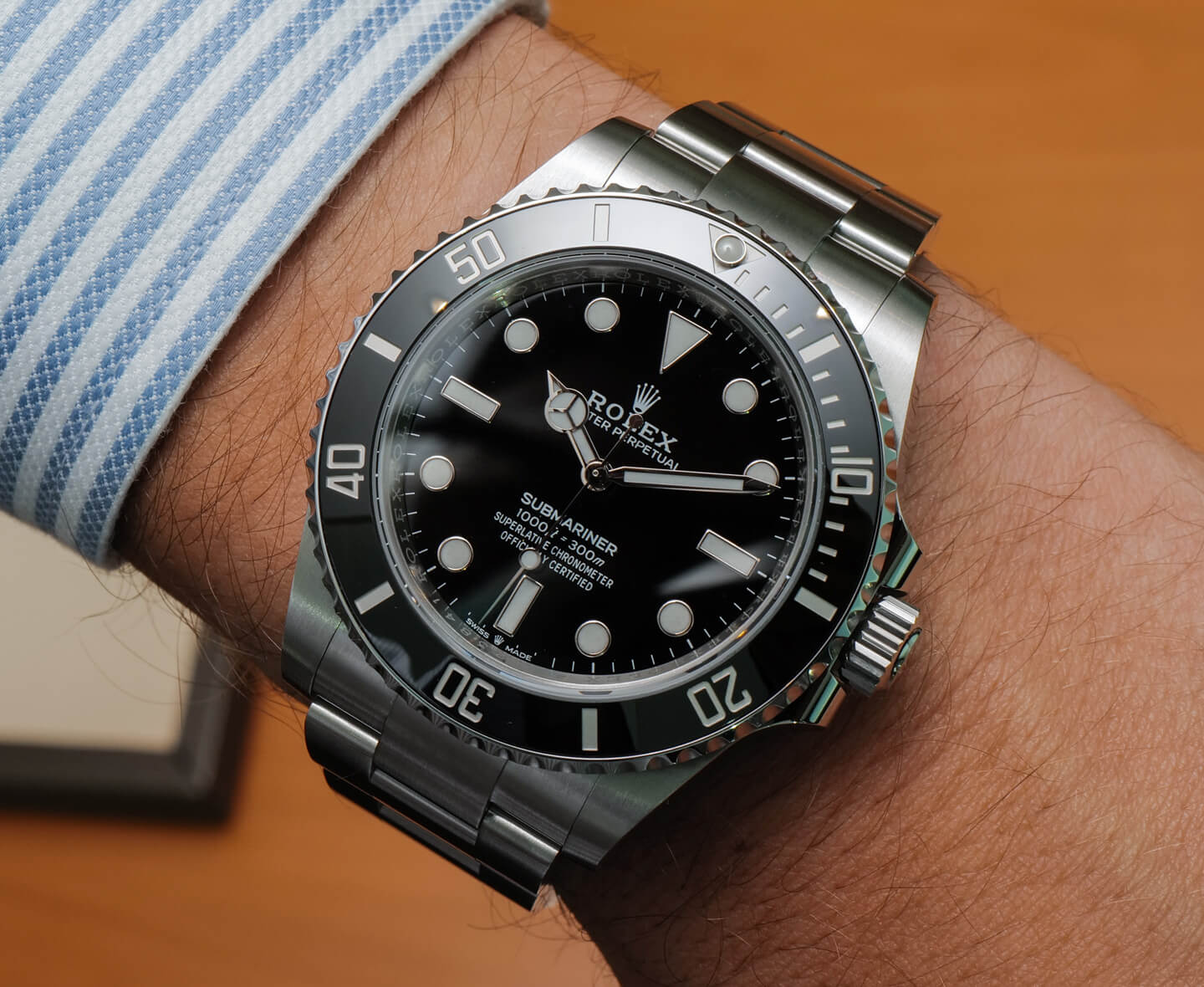1. YOUR WATCH NEEDS SERVICE. NOW WHAT?

What are some of the worst things about this hobby? Not being able to buy certain overhyped watches is certainly one. The other, for me, is servicing. Servicing is a pain. It used to be that you go to your local watchmaker to get your watches serviced. Now, such watchmakers are a dying breed. And if they are still around, parts are hard to come by because many brands have decided to provide parts only to their own service centers or authorized dealers. But going in-house or to an authorized dealer has its problems. They are often pricey, and they are often slow. But worst of all, they often insist on procedures or replacing parts that you have no desire to replace.
Source: The New York Times
2. CATCHING A UNICORN – THE SEIKO GIFTED BY THE EMPEROR OF JAPAN
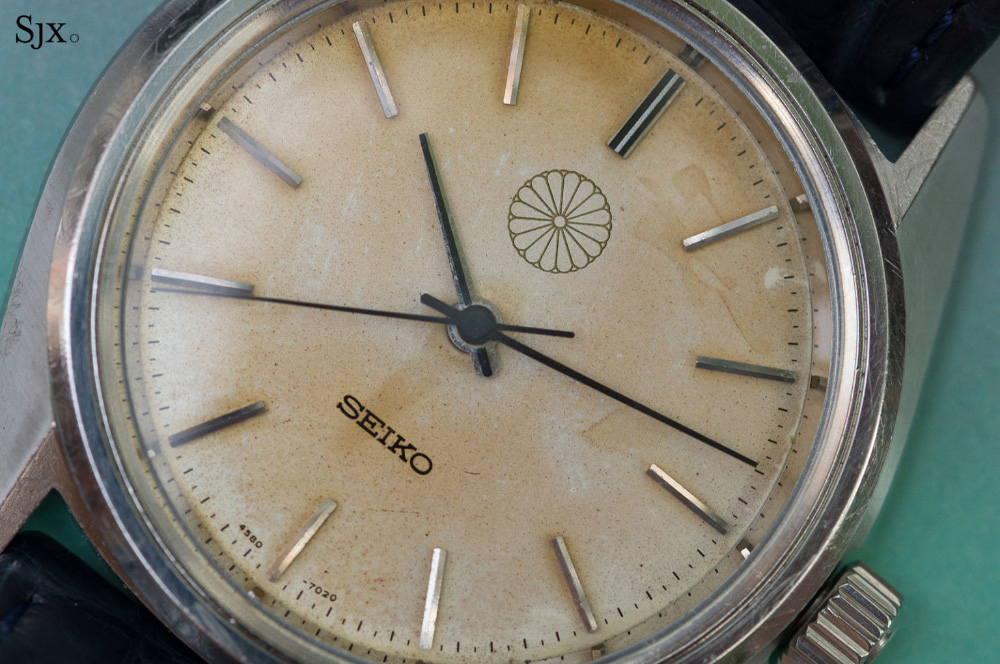
I’m always learning new things about vintage Seiko watches but this is by far one of the most intriguing stories I have read. This is the story of a very unusual vintage Grand Seiko. Eagle-eyed readers will no doubt note the unmistakable 44GS-style case, but the dial is unlike any other. In place of Seiko at 12 o’clock, what we have instead is a flower emblem. And instead of the GS logo at 6 o’clock, we have instead a small Seiko logo. The emblem is crucial because it is the Imperial Seal of Japan. Hit the link below to find out the story behind this very special vintage Seiko watch.
Source: Watches by SJX
3. NO ROLEX, NO CRY: TOMAS’S TOP 5 PEPSI BEZEL WATCHES
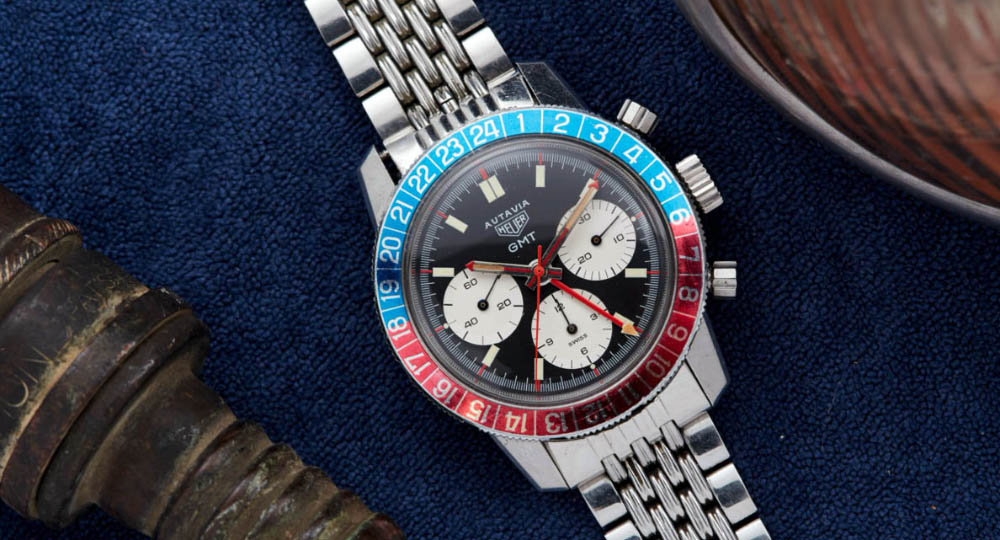
Which watch had the first Pepsi bezel? No one knows for sure. But it’s irrefutable that Rolex was the one who popularized it with the Ref. 6542 in the mid-Fifties. Since then, it has become an icon of watchmaking. Tragically, the modern Rolex GMT-Master II with Pepsi bezel is unobtanium, unless you are willing to pay well above premium (which you shouldn’t). Be that as it may, that doesn’t mean you can’t have a watch with a Pepsi bezel. Sure, it’s not the real McCoy, but these are great watches in their own right. Here are five alternative watches with Pepsi bezels.
Source: Fratellowatches
4. DECONSTRUCTION BREITLING
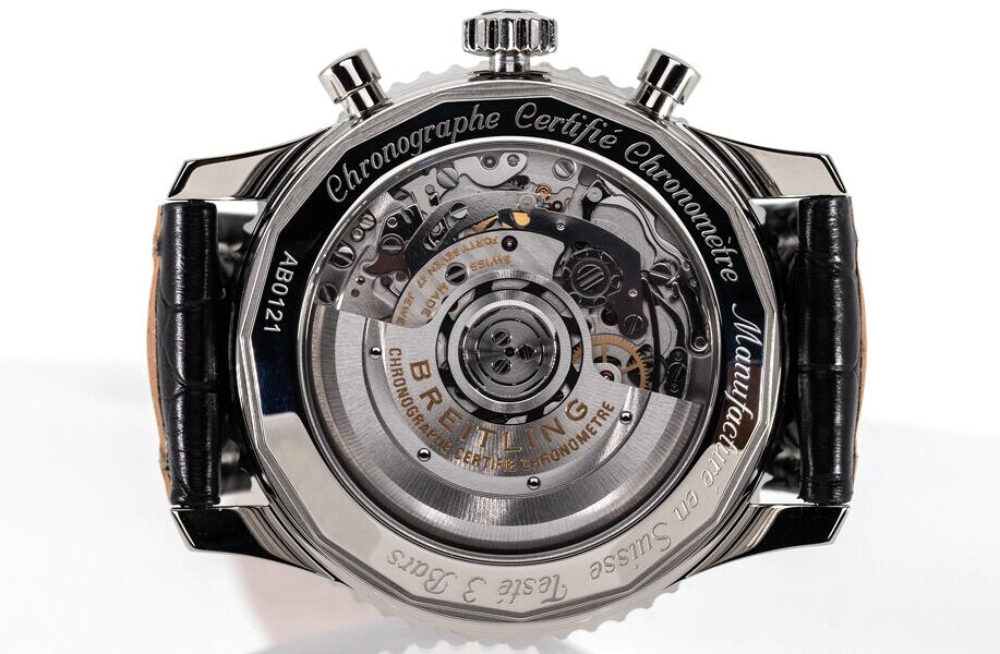
Peter Speake used to have his own watch brand. You might have heard of it — it’s called Peter Speake-Marin. Nowadays, he runs around as The Naked Watchmaker and has a site dedicated to horological education. And as part of it, he conducts frequent teardowns of movements. His latest teardown is that of the Breitling Navitimer, which is of course powered by Breitling’s own Caliber 01, the brand’s first in-house self-winding chronograph movement. It’s a fascinating look at what makes the watch tick and what makes the movement special. The teardown also offers a very good look at just how well put together the watch is. Anyone who owns or is perhaps eyeing a Navitimer should click the link below.
Source: The Naked Watchmaker
5. HOW RENAUD & PAPI BECAME A TRAINING GROUND FOR WATCHMAKING’S FINEST
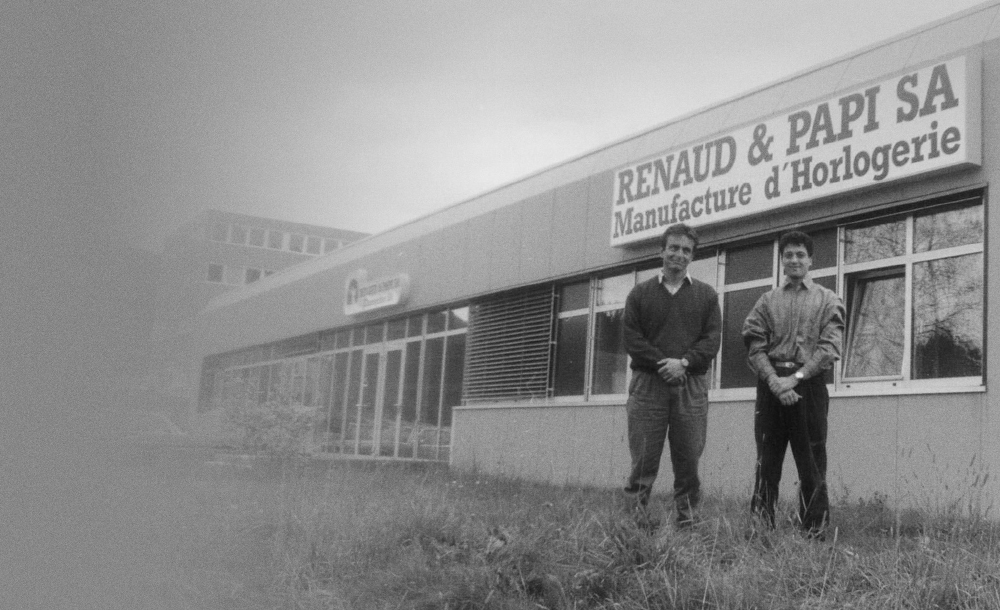
Outsourcing has become a buzzword for modern-day society and it carries with it negative connotations. That’s understandable, but outsourcing also sometimes enables brands and entities to do things that they might otherwise be incapable of. In the case of watchmaking, that usually means ultra-complicated movements. This is where APRP comes in. You might have come across these four letters before. They stand for Audemars Piguet Renaud & Papi. Today, it’s a small outfit that specializes in designing and manufacturing complicated movements. Clients include Audemars Piguet (of course) and also Richard Mille, IWC, and Cartier, just to name a few. This is the story of how APRP came to be.
Source: A Collected Man

